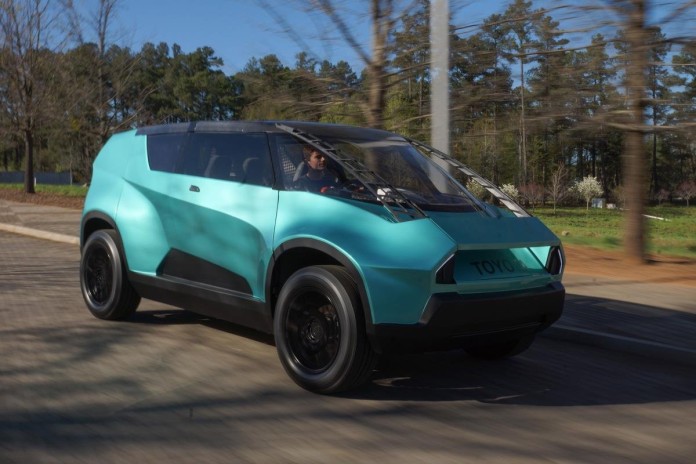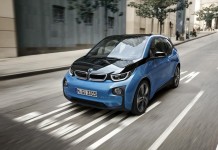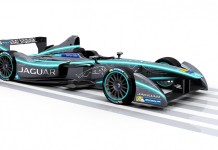I don’t know much about public transportation at Clemson University, but it appears that the graduate students who built the Toyota uBox missed the bus on the day aesthetics in design was taught.
What you are witnessing here is a two-year group project with Toyota Motor North America designers and engineers as well as grad students from Clemson’s International Center for Automotive Research. Their claim is that this design is intended to appeal to the next generation of car buyers, Gen-Z. I’m holding out hope that 1 year, 364 days of that design process involved the way the thing actually performs, because the vehicle itself looks like a failed origami project. Toyota calls it “distinctive,” which to me sounds like the automotive equivalent of a house that is a “handyman special” or your sister’s friend who “has a great personality.”
The redeeming factor of this rolling disaster appears to be the interior and drivetrain. By adding movable, nesting seats that can be removed entirely, owners can decide exactly how they want the interior configured. As an even more intriguing step, many of the pieces on the inside can be customized utilizing 3D printing and an online forum where you can share your designs and ideas.

An all-electric powertrain gives uBox its go-power, and the entire vehicle can be used as a giant battery when sitting still at the beach or at a tailgate party, powering your blenders and laptop through the 110v plugs scattered throughout the inside and outside of the car.
The most practical and exciting aspect of the project isn’t really any the above, though. It’s the new manufacturing process the students developed. Using a special pultrusion technique, the students were to bond carbon fiber rails with aluminum, which made it possible to install the curved glass roof.
No word as to whether you can 3D print a body that doesn’t look like a cubist version of a loaf of bread, though.









